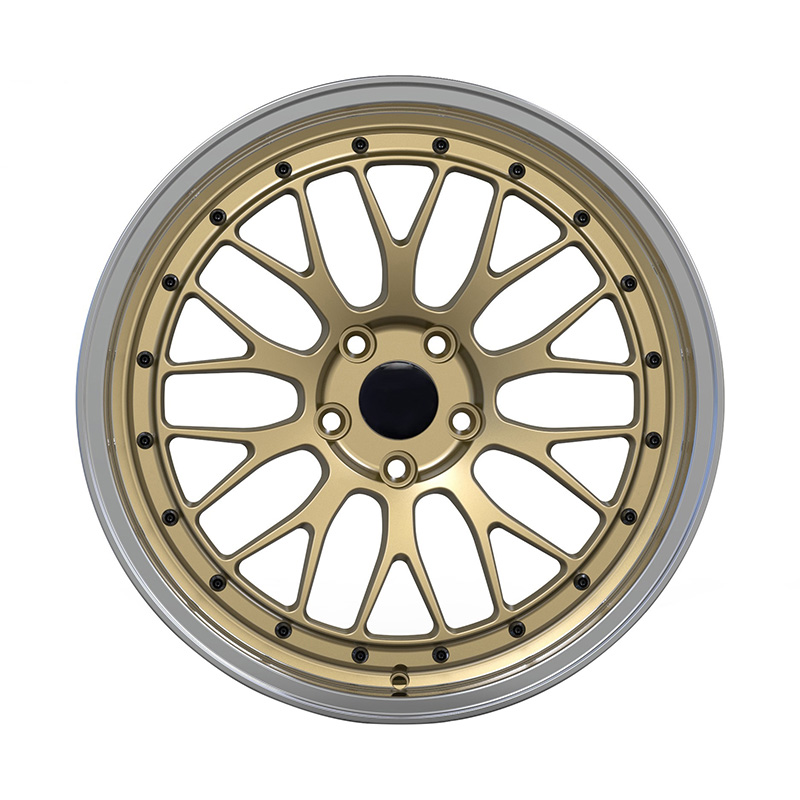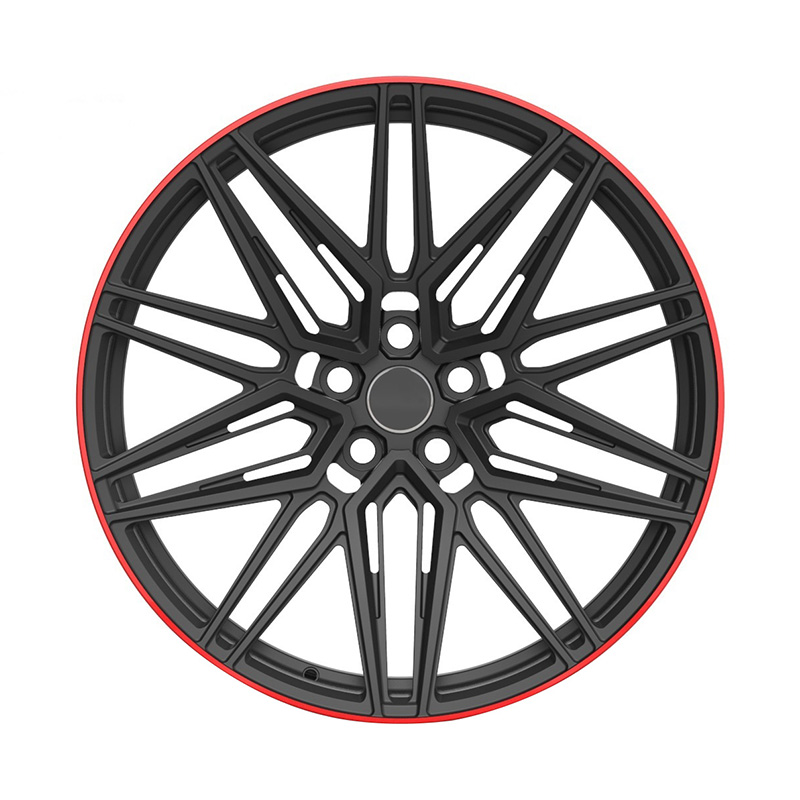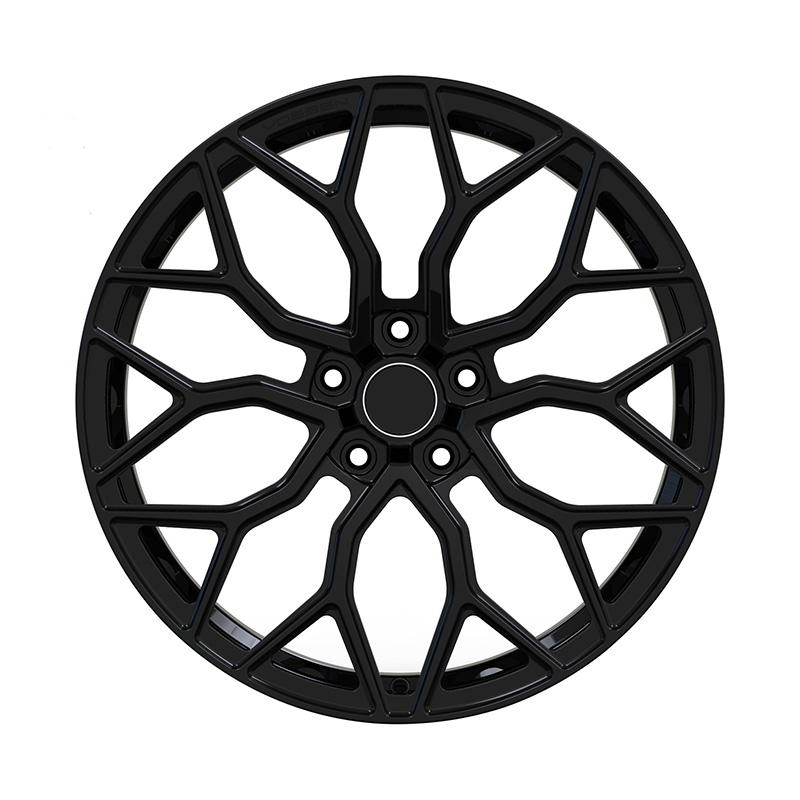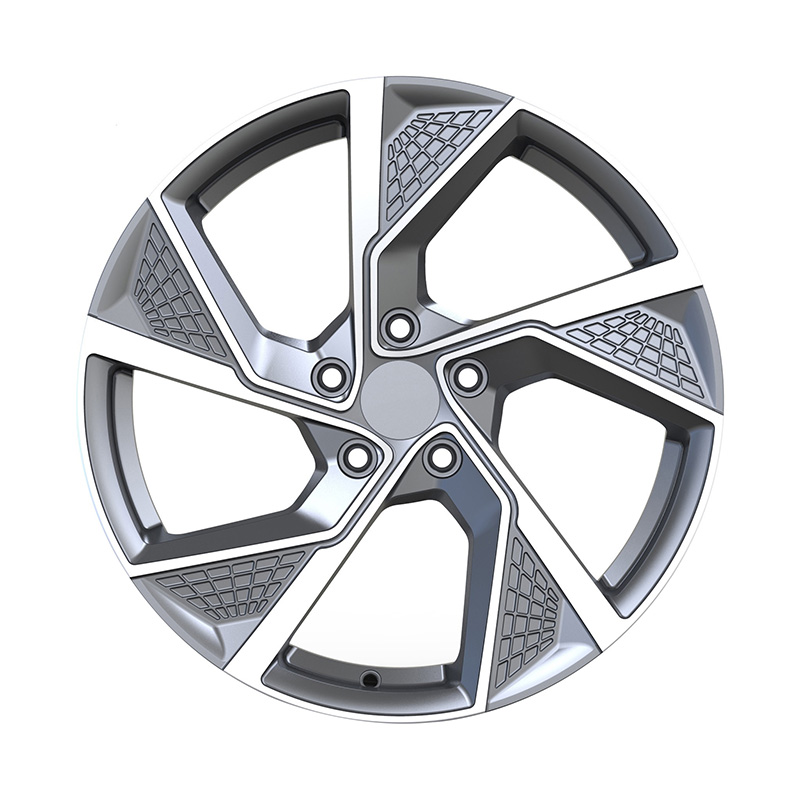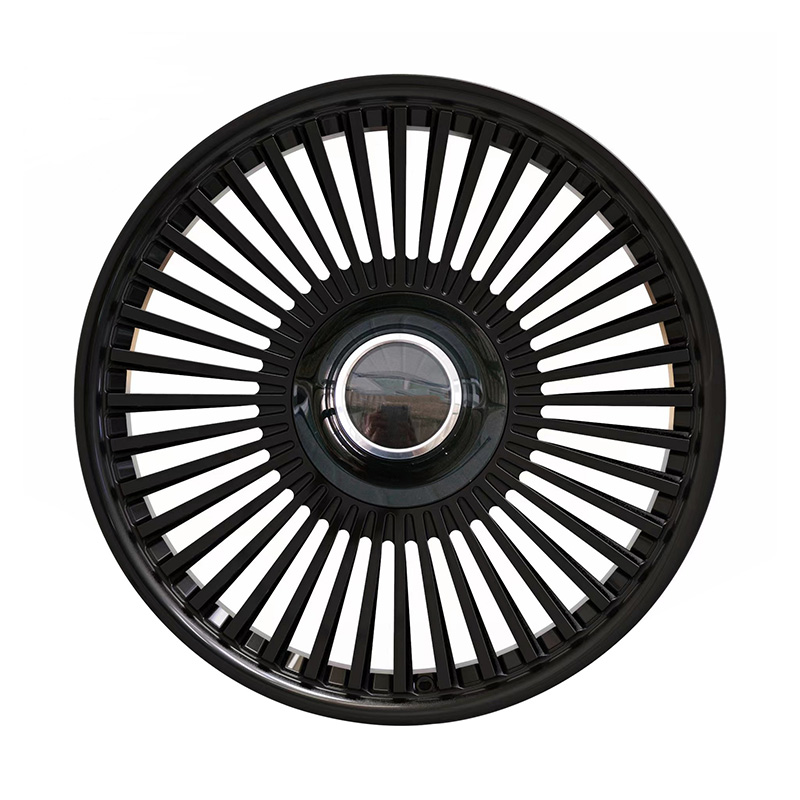
Submit
Submit feedback
Heat Treatment in the Manufacturing of Forged Brushed Black Carbon Fiber Wheels
2024-11-08
When it comes to high-performance wheels, particularly those designed for racing and luxury vehicles, forged brushed black carbon fiber wheels stand out due to their exceptional combination of strength, lightweight design, and aesthetic appeal. However, what sets these wheels apart in terms of performance and longevity is the heat treatment process they undergo during manufacturing. Heat treatment plays a critical role in enhancing the properties of materials used to craft these wheels, ensuring that they perform under the stresses of high-speed driving and challenging road conditions.
The "brushed black" finish refers to a specific aesthetic treatment applied to the metal parts of the wheel. This finish provides a sleek, modern appearance while also improving the resistance of the metal surface to corrosion and wear.
The Role of Heat Treatment in Wheel Manufacturing
Heat treatment is a process used to alter the physical and sometimes chemical properties of materials by heating and cooling them in a controlled manner. In the context of forged brushed black carbon fiber wheels, heat treatment serves several important purposes: it enhances strength, increases the durability of the materials, and improves the overall performance of the wheel.
There are several steps involved in heat treatment, each of which plays a specific role in preparing the forged brushed black carbon fiber wheels for high-performance use.
1. Strengthening the Metal Components
The important role of heat treatment in the production of forged brushed black carbon fiber wheels is to enhance the strength of the metal alloys used in the wheel's construction. For wheels that undergo conditions, such as high-speed driving or off-road use, the metals need to be able to withstand high levels of stress and impact without warping or cracking.
When the metal components are heated to specific temperatures and then cooled at controlled rates, the metal’s internal structure changes, which can increase its tensile strength. This is particularly important for the aluminum alloys typically used in forged wheels, such as 6061-T6 or 7075. These alloys are known for their strength-to-weight ratio, but without heat treatment, they would not be able to handle the stress placed on them during high-performance driving.
2. Improving Durability and Fatigue Resistance
Another key advantage of heat treatment is that it helps to improve the durability of the forged brushed black carbon fiber wheels by making the metal more resistant to fatigue. Fatigue resistance is important because wheels are subjected to repeated stresses and impacts, especially when driving on uneven roads or racetracks. Over time, these stresses can cause cracks or deformations, bringing about failure.
Heat treatment increases the hardness and stiffness of the metal, making it more resistant to deformation and fatigue. Forged brushed black carbon fiber wheels, means they will last longer, retain their shape, and perform better even under harsh conditions. This is especially crucial for racing vehicles, where wheel performance and durability are tested to their limits.
3. Enhancing the Bond Between Carbon Fiber and Metal
One of the unique aspects of forged brushed black carbon fiber wheels is the combination of carbon fiber with metal alloys. The carbon fiber material, which makes up the outer rim of the wheel, is strong yet lightweight. However, for performance, the bond between the carbon fiber and metal components must be strong and durable.
During the heat treatment process, the metal parts of the wheel are heated to a specific temperature that allows for better bonding with the carbon fiber. This ensures that the materials work together cohesively, with the carbon fiber providing the strength and the metal offering additional support and performance benefits. The heat treatment helps to create a stronger bond, reducing the likelihood of delamination or separation over time.
recommend products
-
Zhenlun Multi Spokes Split Monoblock Forged Wheels Bronze With Silver Lip Edge
-
Zhenlun Matt Black With Red Lip Monoblock Forged Wheels
-
Zhenlun Gloss Black Monoblock Forged Wheels Gloss Black For Sports Car
-
Zhenlun Monoblock Forged Wheels Lightgrey With Machined Face
-
Zhenlun Monoblock Forged Wheels Gloss Black Dense Multi Spoke

 0
0

